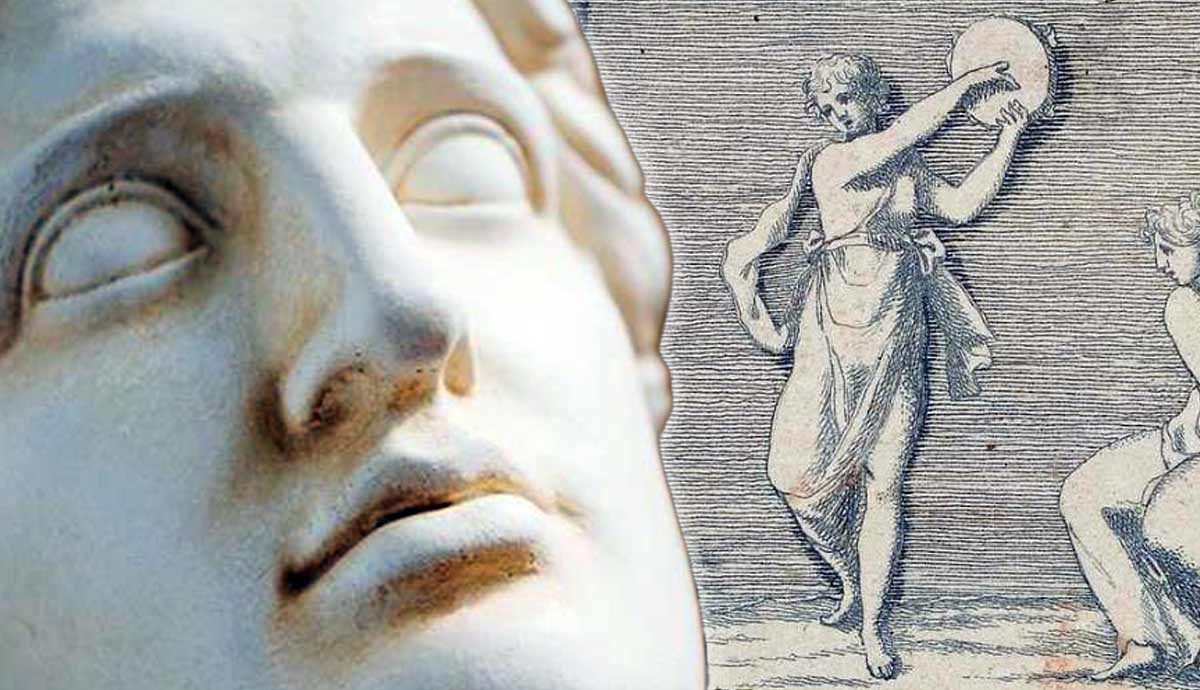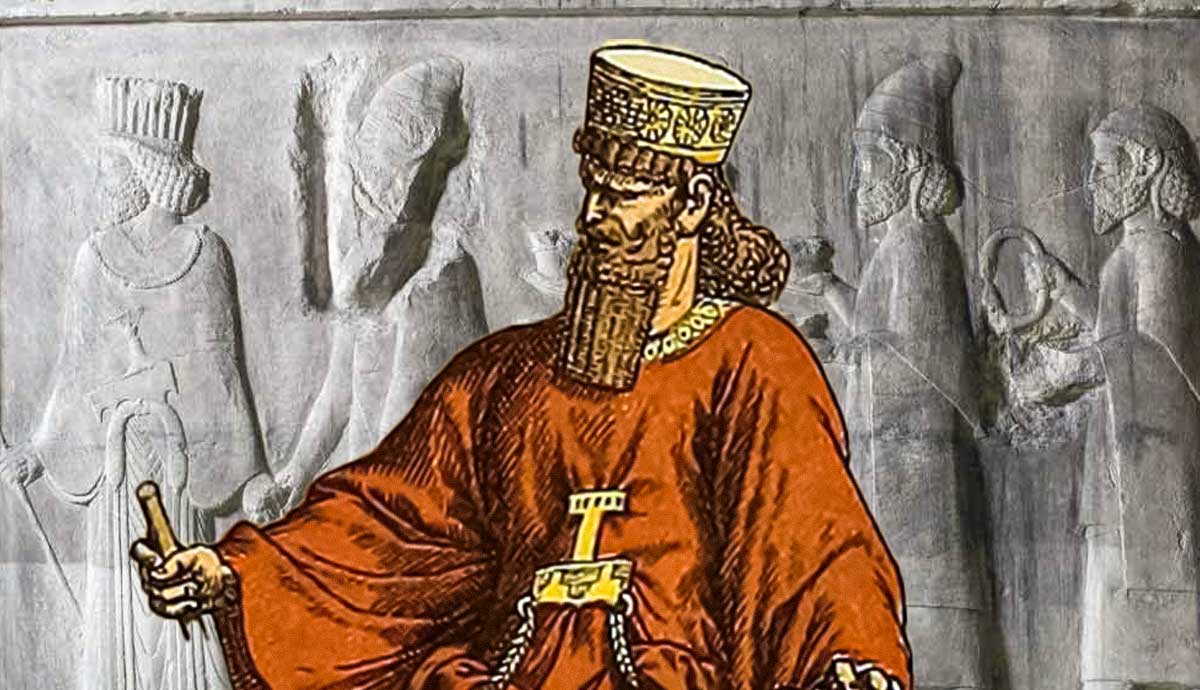
Belisarius arrived in Constantinople around 520, serving in the military and joining Emperor Justinian’s personal bodyguard. By 526, he had achieved a senior rank but had already commanded troops in battles for Emperor Justin. Upon Justin’s death, the new Emperor Justinian I gave him command just as another conflict flared with Byzantium’s rival, the Sassanids, in the Caucasus Mountains (modern Georgia). Belisarius met them at the Battle of Dara (530), routing them soundly despite odds of 2 to 1.
The Tactical Brilliance at Dara

The battle of Dara would be Belisarius’s first significant battle to show his tactical sense. Using Dara’s fortifications and trenches to disrupt Sassanid’s attacks, his cavalry struck from the flanks. His campaigns against Byzantium’s foes would mark him as one of history’s most notable commanders.
Belisarius held his elite Byzantine cavalry in reserve. A sudden attack by this heavy cavalry split Sassanid, wiping out their best units. He kept pushing them back to ensure a Byzantine victory. Belisarius did not win all his fights. At several later battles, the Sassanids forced him to retreat, and Justinian recalled him back to the capitol. But not for long.
Belisarius and Justinian

For Justinian, Belisarius would be that rare commander who served with unwavering loyalty, sometimes even to his detriment. Despite facing Justinian’s scorn, the Emperor in 532 let Belisarius help crush a rebellion within the city, killing thousands. Justinian chose the trusted Thracian to take on the Vandal Kingdom for the next expedition.
Belisarius’ Triumph Against the Vandals

The 533 to 534 Vandalic War started in North Africa after the Vandals deposed the pro-Roman king. Thus, he dispatched Belisarius with an army numbering 15,000. For Justinian, a victory meant one further step for Renovatio Imperii (Restoration of the Empire). Belisarius landed with his army close to the Vandal capital, Carthage, surprising and defeating the newly crowned Vandal King Gelimer in September 533 at the Battle of Ad Decimum. Carthage fell right after, with Belisarius triumphantly sitting on the Vandals’ throne. At the December 533 Battle of Tricamarum, repeated charges by the Byzantine elite cavalry, or bucellarii, broke the larger Vandal army.
The now-broken Vandals retreated and disappeared from history. Byzantium re-added North Africa to the Roman Empire. Belisarius’s army displayed its discipline and training, able to carry out critical moves amid battle. In this campaign, he used his heavy cavalry as the cornerstone for his success.
Belisarius and the Gothic Wars

Belisarius’s quick pummeling of the Vandals earned him Justinian’s promotion to consul, a rank rarely bestowed. This new rank would also haunt him. He also received a new job in 535: invade Italy as part of Justinian’s Renovatio Imperii and was tasked with retaking Rome. While previous battles showed Belisarius’s abilities, his true talents shined in this first of the Gothic Wars (535-540). The war broke out as Justinian saw another opportunity. The Ostrogothic Kingdom in Italy lay divided by their king’s passing. The Emperor gave his trusted general marching orders.
In June 535, Belisarius quickly took Sicily; Naples fell in the spring of 536. Naples fell after Belisarius’s troops sneaked in via an unknown aqueduct. He attacked from outside and within and sacked Naples, but Belisarius let the Goth soldiers go. Fighting in Italy continued until the Goths abandoned Rome in February 537. Belisarius knew the Goths would return, outnumbering him. He fortified the city, drafted citizens to help, and waited. The Goths returned, offering a chance for Belisarius to show his abilities on the defense.

The Goths besieged Rome from March 537 til March 538. Belisarius, though outnumbered, refused to be stagnant. Utilizing his superior cavalry, he used hit-and-run tactics to disrupt the Goth’s supply lines. Belisarius cleverly exploited the Byzantine naval advantage, moving troops around or getting reinforcements.
Justinian’s main commander’s reputation for integrity served him well during the Italian campaign. His civilized treatment of prisoners preceded him, plus his often refusal to let his troops loot. Belisarius broke the siege with Byzantine reinforcements. He then swept north, seizing Ravenna, the Ostrogoth capital, in 540. Belisarius’s successful campaign established Byzantine rule in Ravenna until the Lombard invasions in 741.
The desperate Goths offered to make Belisarius the Italian king. The wily Byzantine pretended to accept until he entered Ravenna and took the city. Again, Belisarius proved his loyalty to Bzyantium and refused the crown.
The Key to Belisarius’ Success

Belisarius, luckily for Emperor Justinian, was not a politically ambitious general. Justinian imprisoned him twice but was freed. Four factors made Belisarius an outstanding general: military genius, diplomacy, and adaptability. Using these, he secured his reputation in military history.











